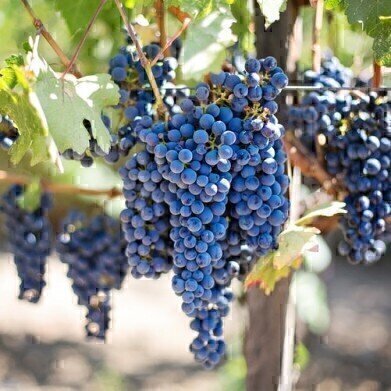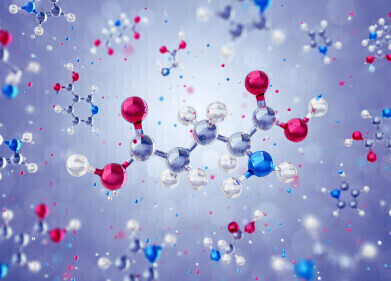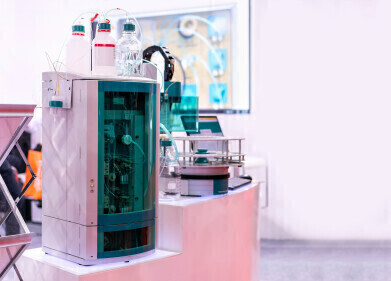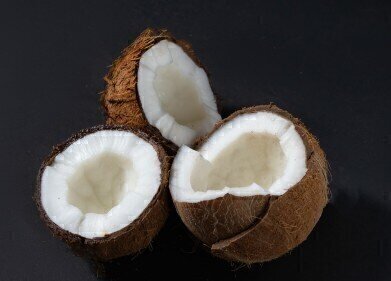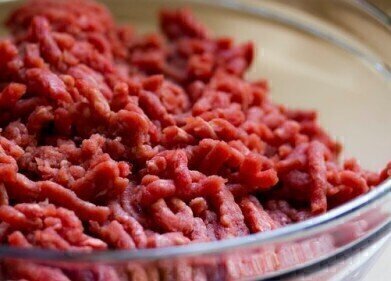Ion Chromatography (IC)
Can You Make Wine without Grapes? — Chromatography Explores
Sep 26 2017
Imagine being able to make a batch of wine in your kitchen by turning the blender on. No more waiting for the yeast and sugar to react, no more waiting for the wine to mature. Just mix together the necessary ingredients and hey presto — a perfect Pinot Grigio. If you don’t like that one. Just mix another one up. No more traipsing off in the pouring rain to the off-licence again.
Well, it might not be quite that simple, but a winery in San Francisco, California is cloning wine and all without a grape in sight. Ava Winery hopes to have products on the shelves of supermarkets in the US by the end of 2017, before spreading their wings across the rest of the World. So how can you make wine without grapes and what has chromatography got to do with it?
Tech start-up for wine
Ava Winery was born in 2015 when co-founders Alec Lee and Mardonn Chua were thinking about how they would like to drink classic wines — but couldn’t afford the price tags that went with them. Lee and Chua are biotechnologists, and so they decided to put some of their expertise to work in finding a new way to make wine.
And like other start-ups in California, Ava Winery uses technology to help it get ahead — alongside the expert taste buds of a sommelier. The team use gas and liquid chromatography alongside mass spectrometry to analyse which compounds are needed to make a glass of wine. The preparation of samples for mass spectrometry is discussed in the article, MS Atmospheric Pressure Ionisation Sources: Their Use and Applicability.
Deconstruction before construction
Traditionally, as many people know, wine is made from grapes — by fermenting the grapes. The basic reaction is when yeast reacts with the sugars found in grape juice and forms the magical ingredient ethanol. The by-products of this reaction are what really creates the differences seen in wines. All the flavour and colour molecules that give each wine its distinctive flavour and colour.
To be able to recreate these molecules, Ava first needs to know what they are — and this if where the chromatography and mass spectrometry come in. They can create a molecular flavour profile of a wine and find out what molecules are present and in what concentration. Then, they can source those molecules off-the-shelf and mix them to recreate the wine.
Not easy to replicate nature though
So far, the wines that Ava have recreated have received mixed reviews. One wine, Moscato d’Asti, has done quite well in blind taste tests. And the company say they have refined the methods they use in analysing wines and developing flavour profiles. So, look out soon for a grape-free wine on your local off-licence shelf.
Digital Edition
Chromatography Today - Buyers' Guide 2022
October 2023
In This Edition Modern & Practical Applications - Accelerating ADC Development with Mass Spectrometry - Implementing High-Resolution Ion Mobility into Peptide Mapping Workflows Chromatogr...
View all digital editions
Events
Apr 23 2024 Kintex, South Korea
Apr 23 2024 Seoul, South Korea
Apr 28 2024 Montreal, Quebec, Canada
May 05 2024 Seville, Spain
May 15 2024 Birmingham, UK
